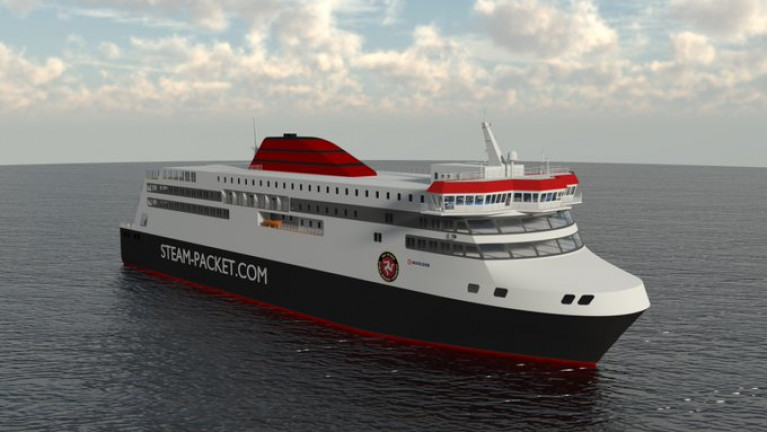Displaying items by tag: Original Art Works
New Irish Sea Ropax Manxman to Get Original Art Work
Artists on the Isle of Man and island-based creatives are being given the chance to feature their art work in the interior of the newest ferry addition to the operator's Douglas based packet fleet.
The Isle of Man Steam Packet Company, in collaboration with SMC Art Consultancy, has announced it will be commissioning a collection of specially curated artwork to go on permanent display on board the new vessel, the Manxman.
Local artists have been invited to submit paintings and original artwork to the Steam Packet before Wednesday, January 26 to be considered for inclusion into the collection of work, which will ultimately be displayed in three different areas of the new ship, the pet lounge, the forward lounge and the first class lounge.
There is a brief available for each area, and artists may submit a proposal which covers all of the collection within an area, or they may submit a proposal which covers just part of the collection.
Manx Today has further details on the project's brief.





























































